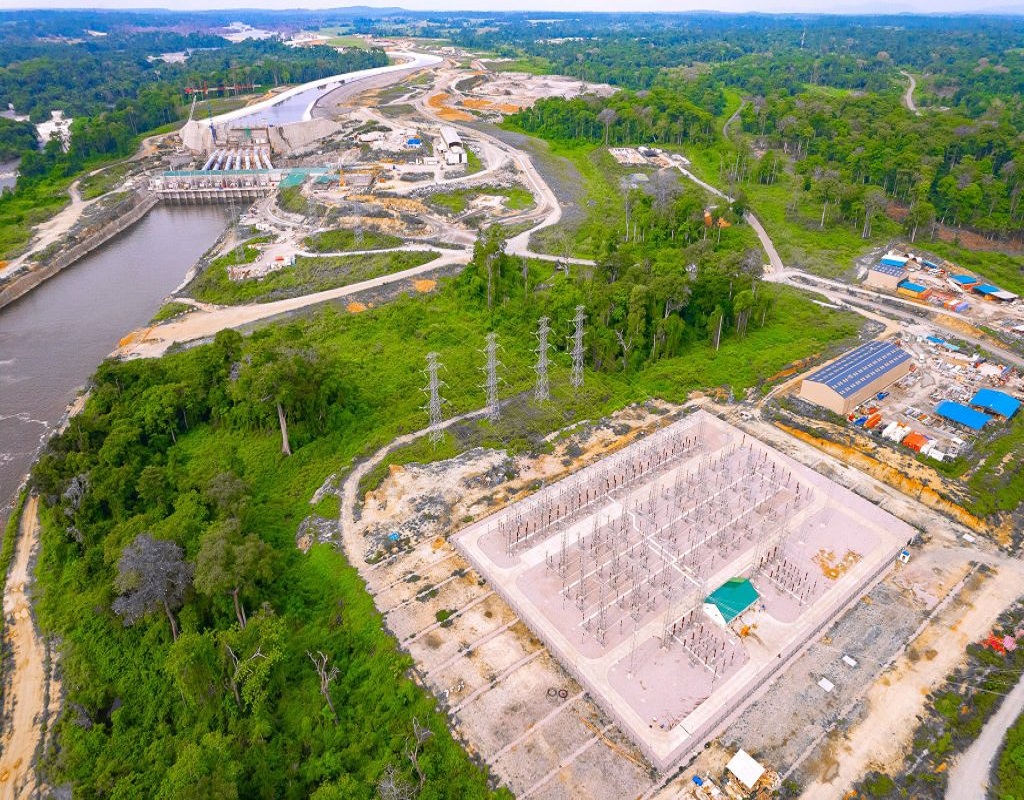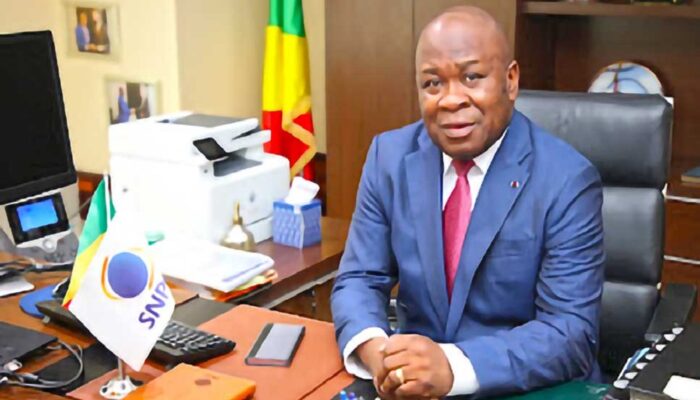The National Electricity Transmission Company (Sonatrel), responsible for electricity transmission in Cameroon, is showing signs of weakness. To address this situation, the government plans to open this strategic sector to private capital. The initiative aims to stabilize power supply and modernize the country’s aging infrastructure.
Cameroon’s electricity transmission landscape is on the verge of a major transformation. In response to the shortcomings of the National Electricity Transmission Company (Sonatrel), the Cameroonian government has decided to open this market to private investment. This move is part of the National Energy Compact strategy, which aims to mobilize USD 12.5 billion by 2030 to support the power sector. The main goal is to ensure a reliable electricity supply while strengthening the system’s financial sustainability.

Since its creation in 2018, Sonatrel has been tasked with the critical role of managing electricity transmission, but it has struggled to fulfill this mission. According to the Ministry of Water and Energy, nearly 30% of the country’s electricity production is lost in transmission due to outdated infrastructure and poor maintenance. This critical situation calls for reform to strengthen this key link in the value chain and improve the evacuation of power generated by new dams such as Nachtigal (420 MW), Kikot, and Grand Eweng. The goal is to effectively connect the national grid by 2028.
Currently, the country has 3,405 km of transmission lines, including 1,921 km at 225 kV. However, the network is often overloaded and unevenly distributed, resulting in frequent outages—particularly in the Southern Interconnected Grid (RIS)—a situation the World Bank describes as “inadequate.”
Some initiatives have begun to emerge to improve this situation. In Douala, for instance, Sonatrel recently signed an agreement with Prometal to establish a direct high-voltage connection of 50 to 75 MVA, ensuring a stable power supply for the country’s leading steel producer. On a regional level, the Cameroon–Chad Interconnection Project (PIRECT) aims to export up to 100 MW to N’Djamena. However, the project faces a funding gap of XAF 150 billion, jeopardizing its schedule and increasing its costs.
Opening the electricity transmission sector to private capital is seen by the government as a way to boost infrastructure projects while easing pressure on public finances. The Energy Compact sets clear objectives: attract international partners, enhance interconnections, and reduce technical losses.
This reform marks a shift from a rigid state monopoly to a hybrid model combining public and private participation. Although this transition is complex, it has become essential to ensure the country’s energy security as it seeks industrialization. Behind the scenes, a major challenge remains—convincing investors that Cameroon’s power system can finally operate without financial or electrical interruptions.
The success of this initiative will also depend on the establishment of a strong regulatory framework and transparent governance. The government must ensure that risks are properly shared among partners to attract significant investment and guarantee project profitability. The road ahead is full of challenges, but the prospects for a modernized and reliable electricity transmission system are within reach.
Thus, the future of electricity transmission in Cameroon looks promising, with the hope that private investment will not only improve power supply but also strengthen the country’s economic foundation. In this context, the stakes are high for industrial development and the improvement of living conditions for Cameroonians.




